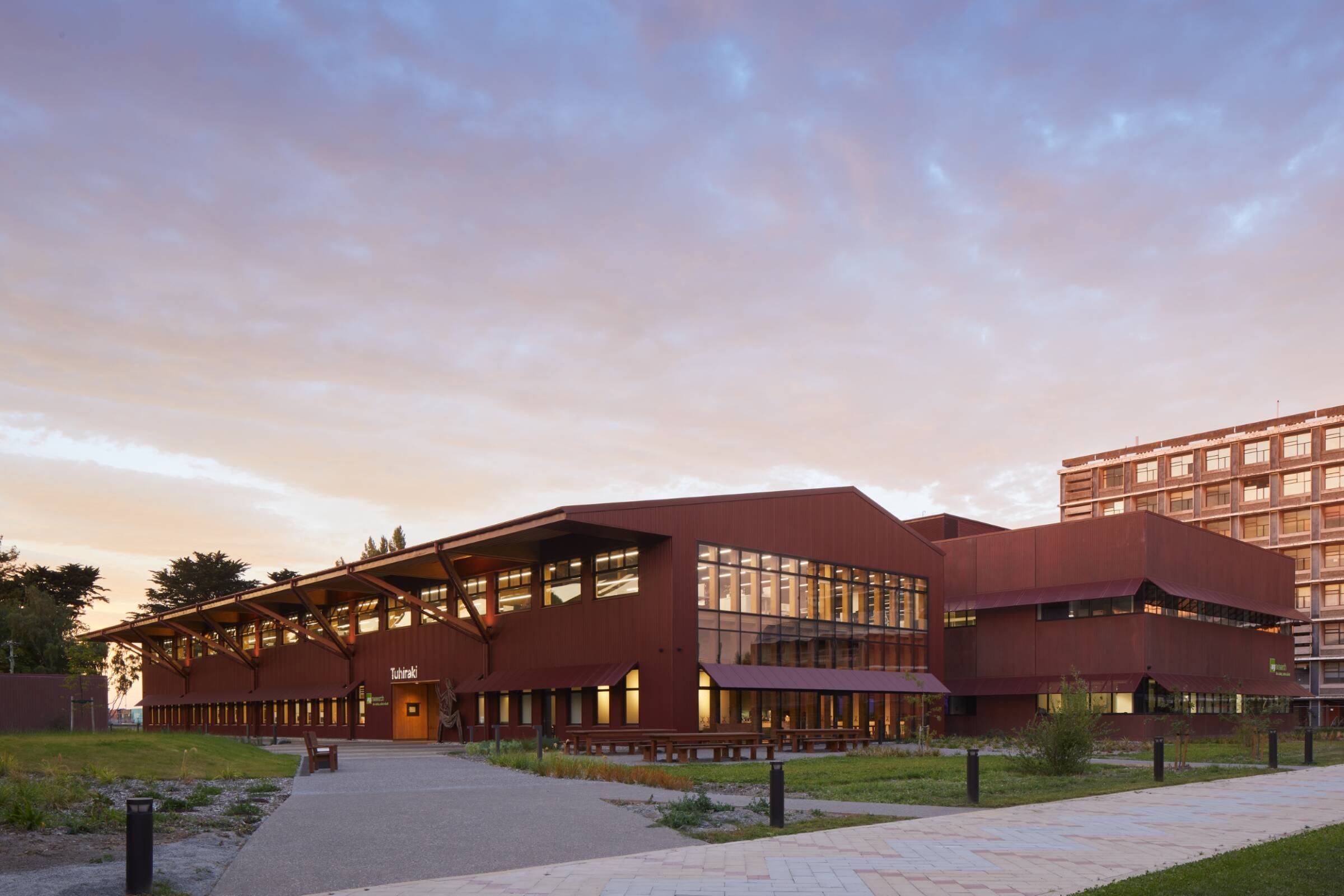An initial feasibility study gathered AgResearch’s requirements from the previously proposed Lincoln University – AgResearch Joint Facility project, which did not move forward. This study identified the need for a 12,780m² facility with an estimated project cost of $125 million, which exceeded AgResearch’s available budget. The revised plan includes new facilities totalling 8,000m², designed to accommodate 290 staff members across two distinct buildings. These consist of a mass-timber open-plan workspace wing connected to a purpose-built laboratory wing and ancillary support spaces located on an adjacent farm. The laboratory facilities comprised:
AgResearch engaged Johnstaff to develop a Strategic Brief and Concept Design for new facilities, ensuring budget compliance. Collaborating with an Early Contractor Involvement (ECI) Contractor, we produced a comprehensive estimate that helped secure funding through the Implementation Business Case. Johnstaff then provided design and project management services, overseeing the project from Preliminary Design to the staged handover of various spaces. A key challenge was engaging AgResearch’s science staff, which we addressed through immersive design sprints in an external Design Lab, optimising laboratory space for seasonal use. The resulting “serviced apartment” model introduced shared, bookable laboratory space, enhancing productivity and minimising overall Gross Floor Area (GFA) requirements, fostering a financially sustainable project.


Delivered fit-for-purpose facilities trimming 5,780m2 and $32m from the Feasibility Study
Extensive stakeholder engagement and change management to help adapt operational protocols to both flexible office and laboratory space to fit the available capital budget
Developed consultant briefs capturing lessons learnt relating to design management, seismic restraints, passive fire and BIM management and procured a competent Design Team
Formulated the procurement strategy that engaged an ECI Contractor to provide early cost certainty and collaboratively develop the contract documents to mitigate RFIs, Variations and EoTs during construction